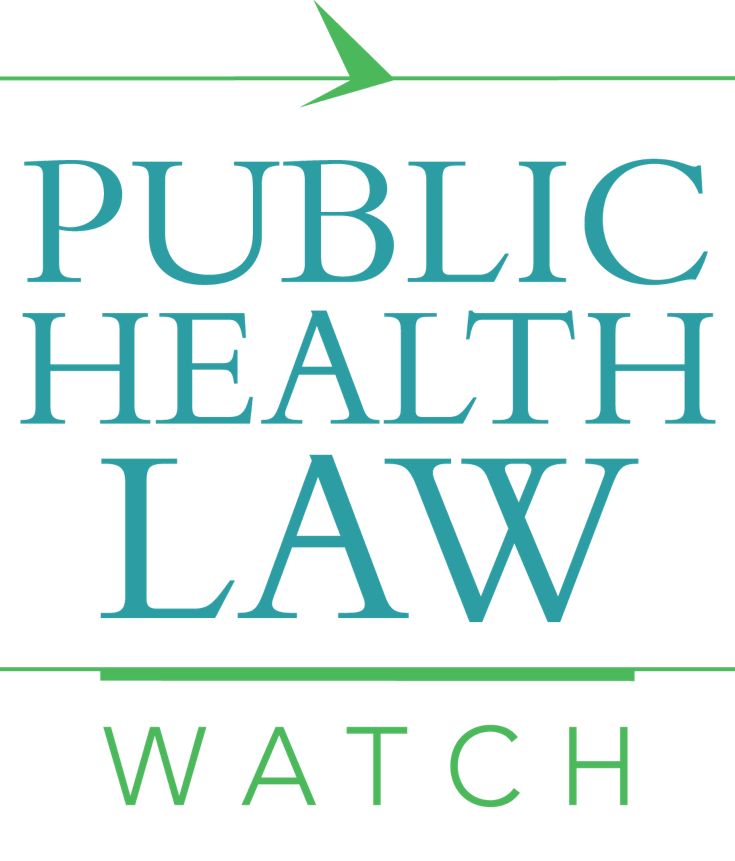In April, our Center for Health Policy and Law hosted a two-day conference entitled "Diseases of Despair: The Role of Policy and Law." Our friends at Harvard Law School's Petrie-Flom Center is now hosting a blog symposium from that conference on Bill of Health.
The third piece is from Professor Nicolas P. Terry. For the full post, please visit Bill of Health.
____________________________________________________________________
The epidemic associated with Opioid Use Disorder (OUD) has birthed a proliferation of reports, many with notable provenance. They include the Surgeon General’s Report(2016), the President’s Commission on Combating Drug Addiction and the Opioid Crisis(2017), and the National Governors Association Recommendations for Federal Action to End the Nation’s Opioid Crisis (2018). We can add innumerable regional and statereports to that list.
Placed next to each other, their recommendations are broadly similar. While they may differ somewhat to the extent that they emphasize criminalization versus medicalization, overall, they tend to coalesce around harm reduction (such as broad naloxone availability and syringe exchanges), upstream opioid reduction strategies (such as prescription limits and prescription drug monitoring programs), and increased public health surveillance based on improved data collection and analysis.
Most reports endorse healthcare and public health initiatives such as broader availability of all three types of FDA-approved medication-assisted treatment (MAT) in multiple treatment settings, including jails, as well as the provision of wrap-around services, and tackling social determinants of health.
However, these proposals often are more diffuse, the strategies unclear, and the funding (if any) of dubious sustainability.
...
Please visit Bill of Health for the remaining full article
